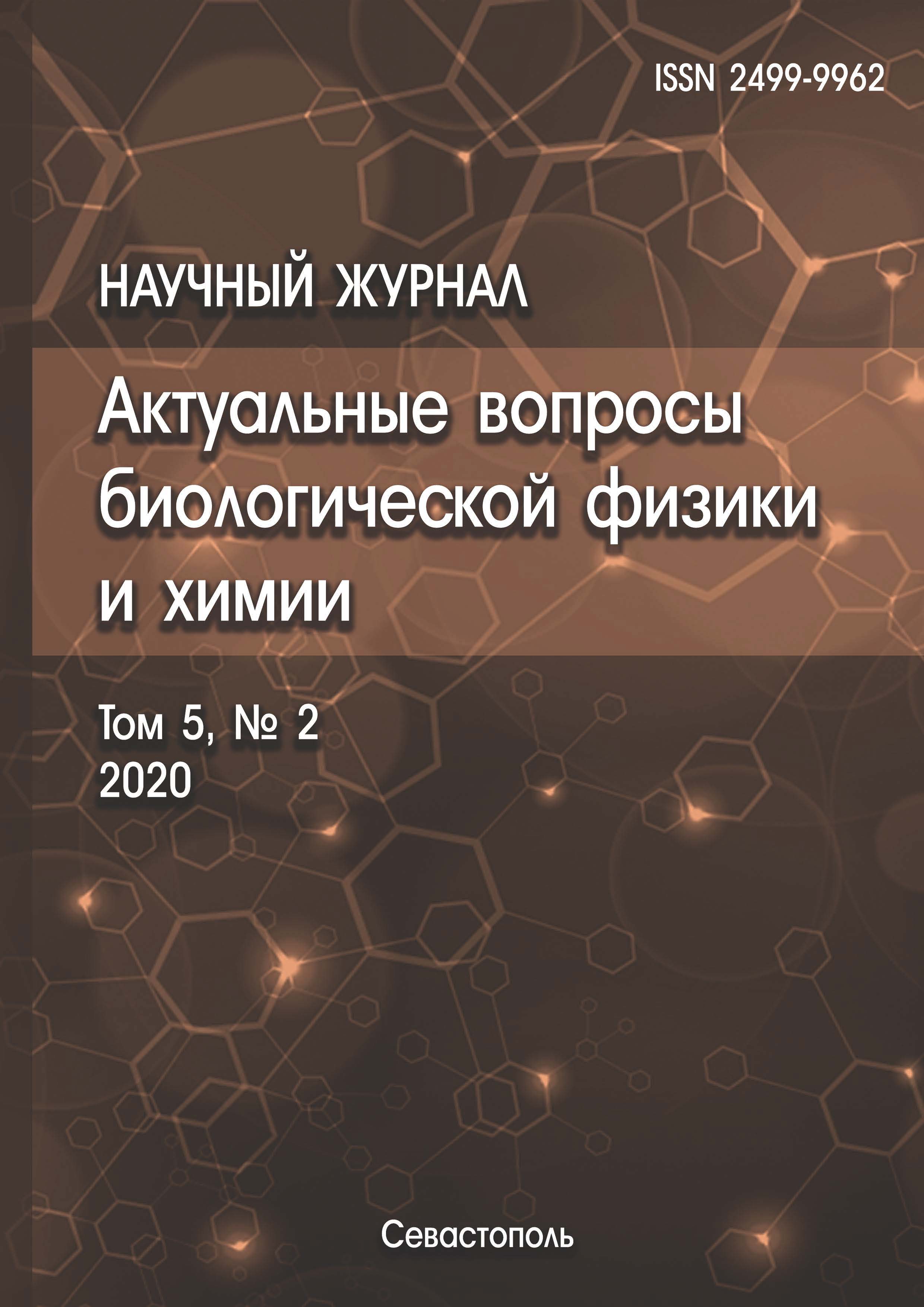The analysis of the temperature dependence of the heat capacity of the native structure of globular proteins in an aqueous solution is carried out. It is shown that this dependence is linear. This is due to the constituent contributions of the vibrational and conformational heat capacity and indicates the absence of second-order phase transitions up to the start of the main conformational transition. The protein macromolecule has a two-level organization of spatial structure. The inner region of the protein is the “core” responsible for the stability of the globular structure. Lateral radicals of amino acid residues of the surface layer are dynamic and form the basis of the biological function of the protein.
bond energy, entropy, absolute free energy
1. Lumry R., Biltonen R. (1969). Thermodynamic and kinetic aspects of protein conformations in relation to physiological functions. In Timasheff S.N., Fasman G.D. (Eds.). Structure and stability of biological macromolecules, New York, M. Dekker, pp. 65-212.
2. Brandts J.F. Conformational transition of proteins in water and in aqueous mixture. In Timasheff S.N., Fasman G.D. (Eds.). Structure and stability of biological macromolecules, New York: M. Dekker, 1969, pp. 213-220.
3. Creighton Th.E. Protein folding. Biochem. J., 1990, vol. 270, pp. 1-16.
4. Khechinashvili N.N., Kabanov A.V., Kondratyev M.S., Polozov R.V. Thermodynamcs of globular proteins. J. Biomol. Struct. Dyn., 2018, vol. 36, no. 3, pp. 701-710. DOI: https://doi.org/10.1080/07391102.2017.1294112; EDN: https://elibrary.ru/WJTGRR
5. Privalov P.L., Khechinashvili N.N. A thermodynamic approach to the problem of stabilization of globular protein structure: A calorimetric study. J. Mol. Biology, 1974, vol. 86, pp. 665-684. DOI: https://doi.org/10.1016/0022-2836(74)90188-0; EDN: https://elibrary.ru/ZYDMRD
6. Kanehisa M.I., Ikegami A. Structural changes and fluctuations of proteins. II. Analysis of the denaturation of globular proteins. Biophys. Chemistry, 1977, vol. 6, pp. 131-149.
7. Sturtevant J.M. Heat capacity and entropy changes in processes involving proteins. Proc. Nat. Acad. Sci., 1977, vol. 74, pp. 2236-2240.
8. Jarymowycz V.A., Stone V.J. Fast time scale dynamics of protein backbones NMR relaxation methods, applications and functional consequences. Chemical Reviews, 2006, vol. 106, pp. 1624-1671. DOI: https://doi.org/10.1021/cr040421p; EDN: https://elibrary.ru/MBNIEV
9. Petermann M.L. The physical and chemical properties of ribosomes. Elsevier Publ. Co. Amsterdam-London-New York, 1964.
10. Roberts R.B. Studies of macromolecular biosynthesis. Carnegie Institution, Washington, 1964.
11. Spirin A.S., Gavrilova L.P. Ribosomy. M.: Nauka, 1979. @@[Spirin A.S., Gavrilova L.P. Ribosomy. M.: «Nauka», 1979. (In Russ.)]
12. Chakrabarti P., Pal D. Review. The interrelationships of side-chain and main-chain conformations in proteins. Progress in Biophysics & Molecular Biology, 2001, vol. 76, pp. 1-102.
13. Basharov M.A. The internal rotational barriers about NCα and CαC backbone bonds of polypeptides. Eur.Biophys. J., 2012, vol. 41, pp. 53-61. DOI: https://doi.org/10.1007/s00249-011-0757-5; EDN: https://elibrary.ru/PDKGUP
14. Tanford C. Protein denaturation. Adv. Protein Chem., 1968, vol. 23, pp. 121-282.










